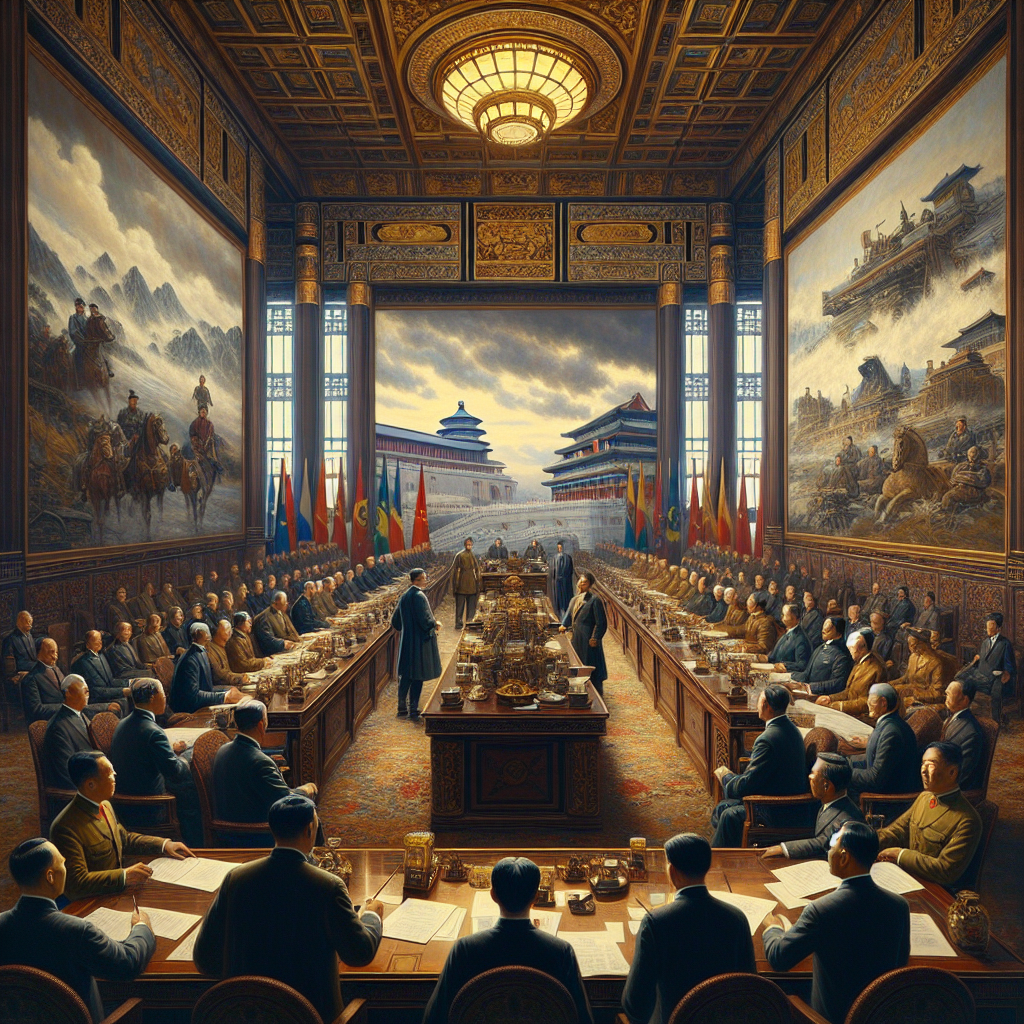On Monday, Vice President Vance of the United States embarked on a four-day visit to India, kicking off a series of high-level meetings with Prime Minister Modi, focusing on economic, trade, and geopolitical cooperation. This visit is seen as a crucial step in deepening the US-India alliance and countering Chinese expansion in the Indo-Pacific region.
At the heart of this visit lies the 90-day deadline set by President Trump to suspend the imposition of “equitable tariffs” on Indian exports. If no agreement is reached within this timeframe, the US will raise the current 10% base tariff to 26% after July. One of the main objectives of Vance’s visit is to push forward US-India trade negotiations and strive for a breakthrough before the deadline.
India is a close partner of the United States in bilateral trade, defense cooperation, and a key pillar in countering Chinese influence in the Indo-Pacific region.
The Trump administration has prioritized India as one of its key negotiation partners. An official from New Delhi told Bloomberg News that both sides will engage in trade negotiations in specific areas this week with the goal of reaching an agreement by the end of May.
For New Delhi, these negotiations are particularly urgent because if Trump enforces “equitable tariffs,” India’s agriculture, processed food, auto parts, high-end machinery, medical equipment, and jewelry sectors could suffer significant impacts. This would pose a major challenge for the Modi government, which aims to drive economic recovery and job growth through exports.
The United States is currently India’s largest trading partner, with bilateral trade reaching $190 billion in 2023. Both sides have set a goal to expand trade to $500 billion by 2030.
In recent weeks, following a conversation between Trump’s senior advisor and Tesla CEO Elon Musk with Modi, Musk has hinted at visiting India later this year. Musk’s Starlink satellite network service has also partnered with Indian telecommunication companies, symbolizing the accelerated integration of technology and strategic positioning.
India has actively sought closer ties with the United States. Before Trump announced the global tariff plan, India already reduced import tariffs on bourbon whiskey and Harley motorcycles in February 2025, aiming to shed its image as the “tariff king” associated with its protectionist policies that Trump had criticized in the past.
India has expressed readiness to purchase more US crude oil, liquefied natural gas, advanced military equipment, and to accept the repatriation of illegal immigrants from the United States.
During this visit, Vance was accompanied by his wife Usha Vance and children, sending out a flexible signal. Usha, the first Indian-American “Second Lady,” hails from Andhra Pradesh, drawing significant attention from the Indian media and symbolizing the emotional connection and cultural fusion between the American and Indian people.
Milan Vaishnav, director of the South Asia program at the Carnegie Endowment for International Peace, pointed out that Indian political circles believe that reaching an agreement with the Trump administration as soon as possible is crucial for advancing comprehensive bilateral strategic cooperation.
He added that this visit also serves to soften Vance’s tough image. Previously, Vance had criticized Ukrainian President Zelenskiy at the White House and chastised European allies at the Munich Security Conference.

